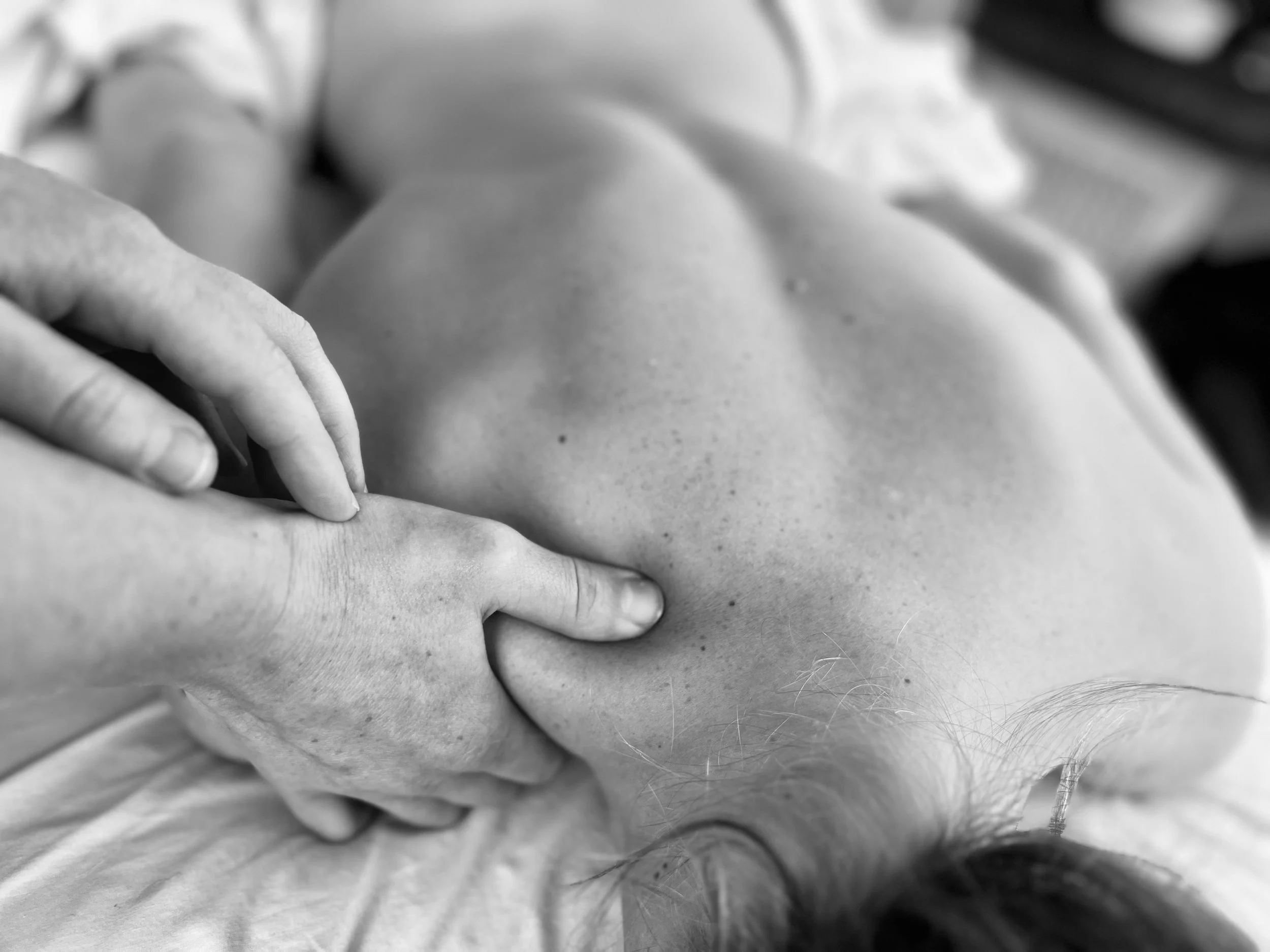Post Surgery Massage
Having a massage following a surgical procedure can be an essential treatment. After surgery, people may experience pain, scarring, inflammation, lymphedema (blockage or damage to the lymphatic system), scarring and stress. The massage helps by stimulating the lymphatic system, breaking down scar tissue, increasing healing, and allowing relaxation.
What is Post Surgery Massage?
Post surgical treatment will use a variety of techniques; mobilisations, stretches, deep tissue massage and therapeutic massage, to target specific areas of the body, helping you to relax and improve healing rates.
How does it help?
Scarring can be treated, once it has fully healed. A scar is made up of collagen fibres, which have less elasticity than our normal body tissue, and lie across the muscle fibres causing restriction and in some cases pain. Massage will breakdown, loosen and realign the collagen fibres, causing reduced restriction and decreasing the appearance of the scar.
Stress can occur both physically and mentally after surgery. Muscles experience physical stress from the damage caused by surgery, which leads to muscle weakness and tension building up. After surgery, a person may find they are less able to be active and often experience discomfort which leads to mental stress.
A massage increases the flow of blood and lymph to the muscles, providing essential oxygen and nutrients to allow repair and reformation. It also increases removal of built up metabolic wastes which, if left, slow down the tissue healing rate.
Massage encourages physical and mental relaxation through release of tension and decreasing pain, thus decreasing mental stress.
Pain occurs after surgery due to damage caused to the tissues and muscle fibres. This can include sharp, achy, or shooting pains and often causes restricted movement. A massage reduces this pain by relieving tension in the affected and surrounding muscles, increasing blood flow which increases the oxygen and nutrients available to the muscles (speeding up the healing time) and increasing muscle temperature which allows the fibres to relax further.
What are the benefits?
Increased lymphatic drainage
Lymphedema, the build up of lymph fluid in the body, is a common side effect of surgery due to damage or blockage to the lymph vessels, and causes a build-up of swelling.
Lymphatic drainage is the removal of excess fluids and metabolic waste from the body, via the lymphatic system, and is naturally increased during a massage.
Increased tissue elasticity
Tissue elasticity is the ability of a muscle to reach its full length, with no restrictions. After surgery it is very common for movement to be restricted and uncomfortable. A massage increases the temperature within the muscles, due to increased blood flow, which increases flexibility within the muscles allowing them to be stretched.
Improved circulation
Blood and lymph flow are increased through massage, removing waste products from the muscles and increasing oxygen and nutrients getting to the muscles.
Improved recovery
Recovery is improved due to the increase in blood flow helping with the repair and regeneration of damaged muscle fibres and tissues, increasing healing. Massage helps reduce tension within the muscles, decreasing pain, and enabling a quicker recovery.
Increased range of movement
As massage reduces swelling and tension it allows for an increased range of movement within the muscles. This is due to decreasing restrictions caused by inflammation, and reducing pain.
When should I have one?
This is mainly up to the individual and will vary from one person to the other. However, massage can normally be used soon after a surgery as it can be used to relax the body as a whole and not necessarily work on the affected area immediately.
That said, care should be taken. It may be best to speak to your doctor/surgeon to find out when is best to begin post-op treatments.
If you’d like to book a post surgery massage, please ensure you tell me of any problem areas, particularly areas of pain and inflammation, so that I can effectively plan your treatment without causing you further discomfort.
Any questions please get in touch and I’ll be very happy to speak to you about the treatment and what can be expected.
